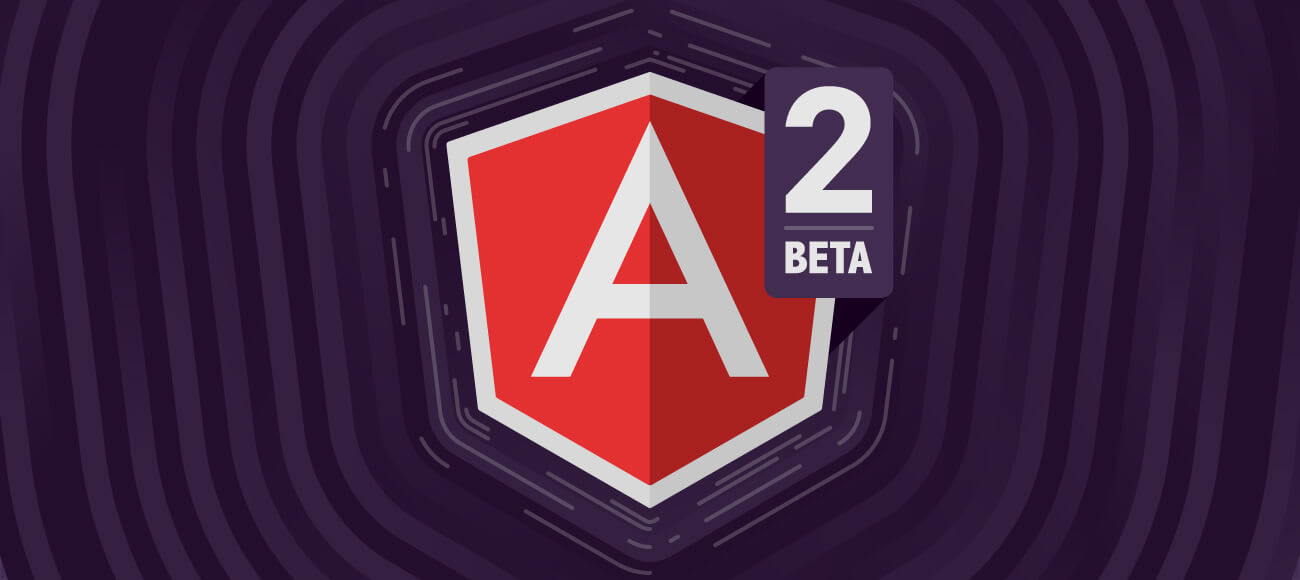Blog

Angular 1.x still works. Even Angular < 1.2 still works and packs a powerful punch for less than a hundred kilobytes; it's more backwards compatible too. By the time Angular 1.4 came out the framework had grown to nearly one hundred and fifty kilobytes, and dropped support for some older browsers. Angular 2 is now in beta and it is over half a megabyte, and more or less requires developers to use language features not yet supported by current browsers.

React Native moves JavaScript mobile application development from being simply hybrid, towards a radical fusion of mobile native and hybrid JavaScript development. A powerful omnichannel strategy of learn once, apply everywhere, has made it the choice for many of our mobile apps.

The release of the Angular 2.0 Beta is a massive release with far reaching effects for a huge portion of the web application industry.

If you're using Angular 1.x and you're interested in Redux this post is still quite relevant today, just make sure to check out the latest documentation.

In Part 1 of this blog post we demonstrated how to create a simple Angular 2.0 "style" component using Angular 1.x and TypeScript. We did not focus on different component types that can be created when writing our applications and how to structure your applications with them. We touched upon different component types in a previous blog post, but the goal of this post is to clarify and classify those types a little further and provide a concrete example

After sponsoring React Rally in Utah, and ReactEurope in France this summer, there's one thing that’s extremely evident: The ReactJS ecosystem is moving very quickly.

As Angular 2 looms in the horizon, it is easy to be overwhelmed by the upcoming transition. An important topic emerging for many developers is how to align existing applications, or write new ones, using Angular 1.x to ensure the transition is smooth, and to minimize refactoring when Angular 2 comes out. After all no one wants to write an application today that will be obsolete in a year.

Update: Times have changed a lot since 2015 and while a lot of the gulp patterns in this post are still valid the tooling landscape is quite different. Today we leverage gulp as a "general purpose automation" tool that's well suited to projects with complex and unique build requirements. For web application frameworks in most cases we recommend your respective framework's CLI (every big framework has one) or a tool like webpack.



